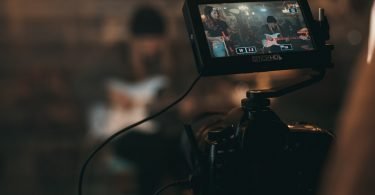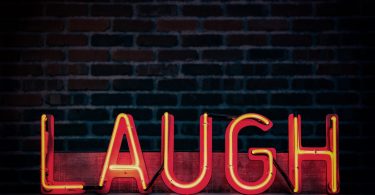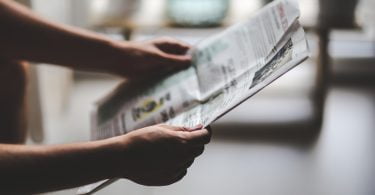As media continues to become more multiplatform, a number of conversations have started as to how to support it, from the debate on paywalls in newspapers to the second screen on the telly.
As media continues to become more multiplatform, a number of conversations have started as to how to support it, from the debate on paywalls in newspapers to the second screen on the telly. This conversation has also been taking place on the future of radio, and what role radio can have in a multiplatform age.
This was the topic at the centre of discussion at the Radio Festival, held in Manchester this past week, where Millie Riley, a broadcast assistant at the production company We Are Grape and Radio 1, spoke about the role of radio in a multiplatform age and when it comes to engaging younger audiences.
Disconnection with young people and radio
The timing of her speech came as the BBC announced Radio 1 would get its own channel on the iPlayer, in addition to the creation of Playlister, a service that allows a listener to find and select the music that is being played on any of the BBC’s radio stations and listen to that song at a later time. There is, Riley says in her speech, a disconnection between young people and radio.
In a telephone interview with Kettle, Riley said as she began to put this speech together, she observed there was not a lot of multimedia experience around from stations. “They’re online but weren’t putting content online as it were,” Riley said, but noted Radio 1 was recognising what content they had and were distributing it in unique ways. “Radio networks are brands and can do visual stuff. There is a general message that needs to be broadcast to the broadcasters. They need to understand the reliability of radio is dwindling.”
‘What does radio look like?’
Riley says it has become a common goal for both BBC and commercial radio stations, and adds that a good way of looking at it came from a question posed by the controller of Radio 1 and 1Xtra, Ben Cooper – what does radio look like?
Riley says that helps stations think about the multiplatform process, and stations know it’s the way forward. “That’s a clever way of thinking about mobiles, second screen, distributing content on the world around your brand. Everyone knows they’ve got to do it, and they’re waiting for the crunch point of when to think about it and do it. We’ve reached that point. We know it’s the way forward, and listening figures could suffer.”
There are changes that have to happen
Riley adds that though the BBC is ahead of the pack when it comes to multiplatform stations (though says it depends on stations’ audiences—a listener on Radio 4 may not want much digital listening, so it can be made available on Radio 1 or 1Xtra), commercial stations are also on their way. “Everyone knows there are changes that have to happen and they’re doing their best to fulfill what the listeners want even more,” Riley said.
So, is multimedia really the answer to bridge the divide between young people and radio stations? “Yes,” Riley said. “It’s about bringing people closer to the brand. The closer to the brand, the closer to the bedrock of the brand you’ll be.”
Indeed, Riley adds that the interest in the online content could help listening figures (i.e. someone watching a Radio 1 video on YouTube would tune in to Radio 1). “It ties in beautifully – you can tune in via radio, computer, mobile,” Riley said. “It’s all about connecting people to the brand and the content, and the bedrock of it is broadcasting every day on the radio.”
Endless possibilities
However, on-air content will need to be the bedrock of the role of radio because of its reliability, immediacy and the connection with the listener. “That is the key to what people love of radio,” Riley said. “In terms of content supply, I think the more you have online it pushes to on air. That makes the relationship stronger between listener and brand.”
That notion could create, Riley says, a bit of pushing and shoving. “Are we an online TV channel? Do we distribute audio? We need to think of it as a whole package – embellish what’s on air online and what’s online on-air. They need to work in unison.”
The radio industry in the UK is very much healthy and viable, and Riley says the possibilities are endless. “If you have the right people, right ideas, right technology – the possibilities are endless for stations to become great multimedia brands to provide lots of things.”
Photo: Flickr / Steve Bowbrick








